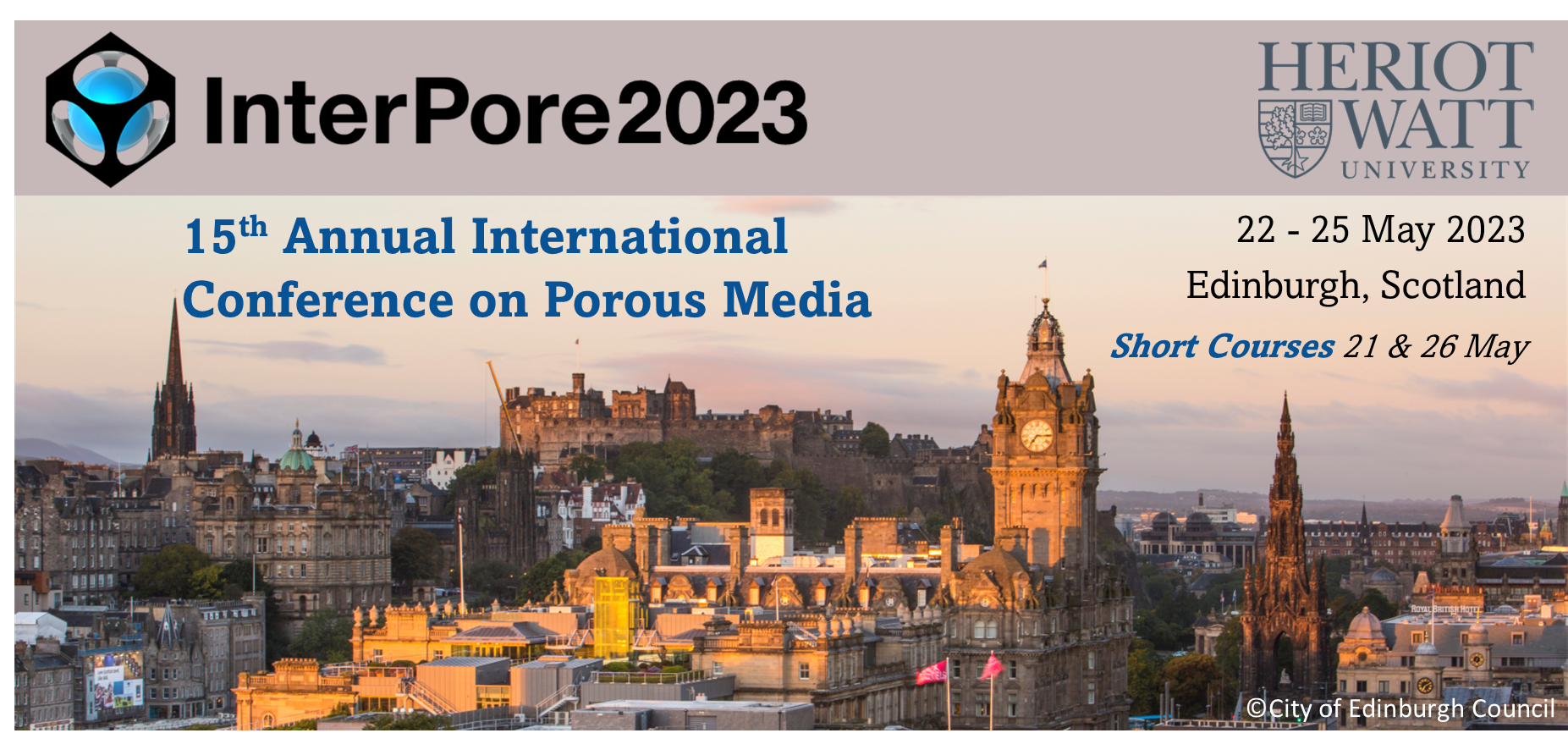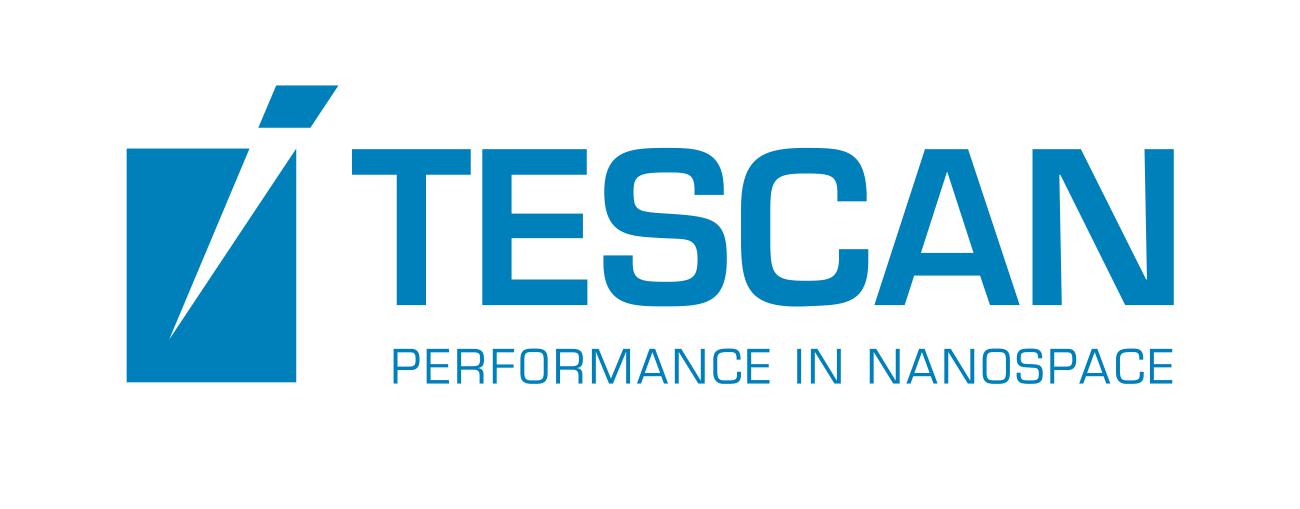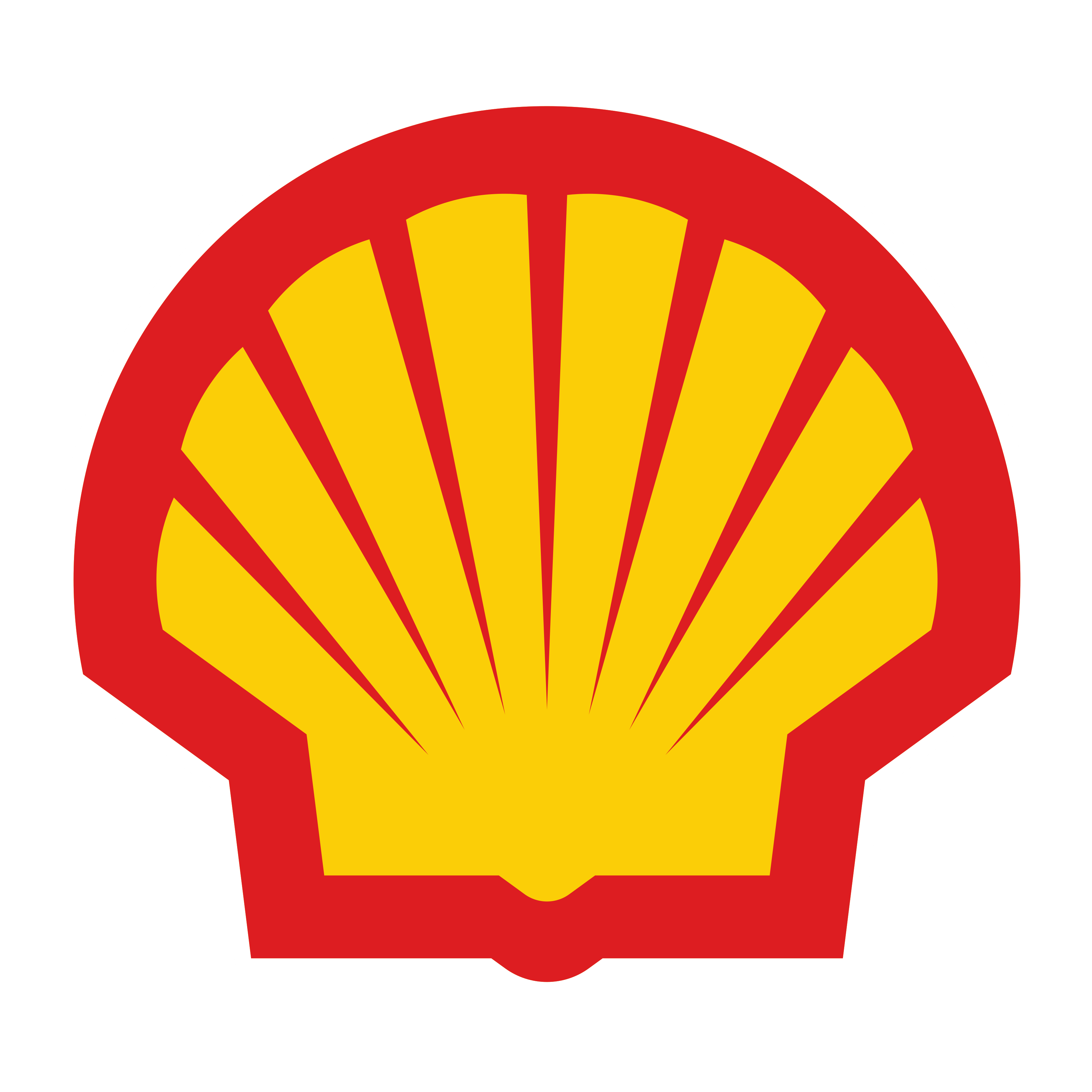Speaker
Description
Sub-micron size plastic particles represent a threat to aquatic environments. These colloidal particles are generally hydrophobic and therefore have the potential to attach and accumulate at air-water interfaces. The role of fluid-fluid interfaces as particle collectors has been recognized, but predictive models of nano-colloid transport in partially saturated porous media are still lacking. Such models are valuable in upscaling the interaction of nanoparticles with fluid interfaces in porous media, which arises also in cases of nanoparticle injection for subsurface remediation or oil recovery. Model validation requires the availability of a model colloidal system, one for which the surface forces governing particle-interface interactions are well quantified.
We report here on the use of ethyl cellulose (EC) nanoparticles as a well-characterized surrogate for hydrophobic nano-colloids in porous media. These particles adsorb irreversibly at the air-water and alkane-water interfaces forming dense monolayers. The dynamics of their attachment has been found to be diffusion-controlled at early stages and kinetically controlled otherwise. We develop a Eulerian pore network model (PNM) built using the open-source software, OpenPNM. Simulations are performed on a pore network extracted from a column packed with spherical beads and used to investigate the irreversible adsorption of nanoparticles on trapped immobile non-wetting phase ganglia present in partially saturated porous media. Additionally, we use a continuum description of the transport and interfacial retention processes to interpret pore network modeling results. This up-scaled model accounts for advection, dispersion and irreversible retention on fluid-fluid interfaces using a random sequential adsorption framework. This framework introduces a blocking function the parameters of which are independently determined. Scaling of the continuum model reveals that the continuum model response is governed by three dimensionless numbers, namely the Péclet Number (Pe), the Damköhler number (Da), and a dimensionless number (area ratio, $A_{r}$) reflecting the adsorption capacity of fluid interfaces relative to the availability of adsorbing particles. The continuum model was fitted to the PNM results by optimizing three parameters: the dispersion coefficient $D_{h}$, the specific interfacial area $a_{0}$, and the adsorption constant $k_{i}$. The PNM results showed that the attachment of nanoparticles on fluid interfaces increases by decreasing the adsorption barrier and increasing the non-wetting phase saturation ($S_{nwp}$), which is directly proportional to the interfacial area available for adsorption. The breakthrough curves were compared to a conservative tracer and showed reduced deposition (blocking) and/or unlimited irreversible deposition in case of lower initial nanoparticle concentration. Upscaling resulted in considerable difference between the pore network and the continuum-scale parameters as regards $a_{0}$ and $k_{i}$, while $D_{h}$ increased with increasing $S_{nwp}$. Slow flow regions resulted in dynamics not captured by the continuum model, in the presence of high $S_{nwp}$. It was also found that adsorption parameters cannot be inferred from effluent data when $A_{r}$ >10.
These findings provide valuable insights into the behavior of nanoparticles in partially saturated porous media, and their particular interactions with fluid-fluid interfaces. This research contributes to the understanding of nanoplastics transport in aquifers for risk assessment and remediation.
| Participation | In-Person |
|---|---|
| Country | Canada |
| MDPI Energies Student Poster Award | No, do not submit my presenation for the student posters award. |
| Acceptance of the Terms & Conditions | Click here to agree |







